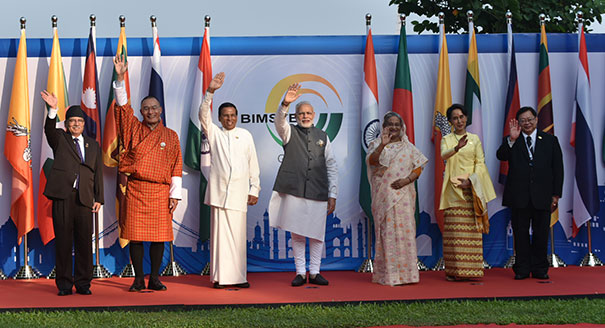- Courses
- GS Full Course 1 Year
- GS Full Course 2 Year
- GS Full Course 3 Year
- GS Full Course Till Selection
- Answer Alpha: Mains 2025 Mentorship
- MEP (Mains Enrichment Programme) Data, Facts
- Essay Target – 150+ Marks
- Online Program
- GS Recorded Course
- Polity
- Geography
- Economy
- Ancient, Medieval and Art & Culture AMAC
- Modern India, Post Independence & World History
- Environment
- Governance
- Science & Technology
- International Relations and Internal Security
- Disaster Management
- Ethics
- NCERT Current Affairs
- Indian Society and Social Issue
- NCERT- Science and Technology
- NCERT - Geography
- NCERT - Ancient History
- NCERT- World History
- NCERT Modern History
- CSAT
- 5 LAYERED ARJUNA Mentorship
- Public Administration Optional
- ABOUT US
- OUR TOPPERS
- TEST SERIES
- FREE STUDY MATERIAL
- VIDEOS
- CONTACT US
GENE-DRIVE TECHNOLOGY (GDT)
GENE-DRIVE TECHNOLOGY (GDT)
21-10-2023
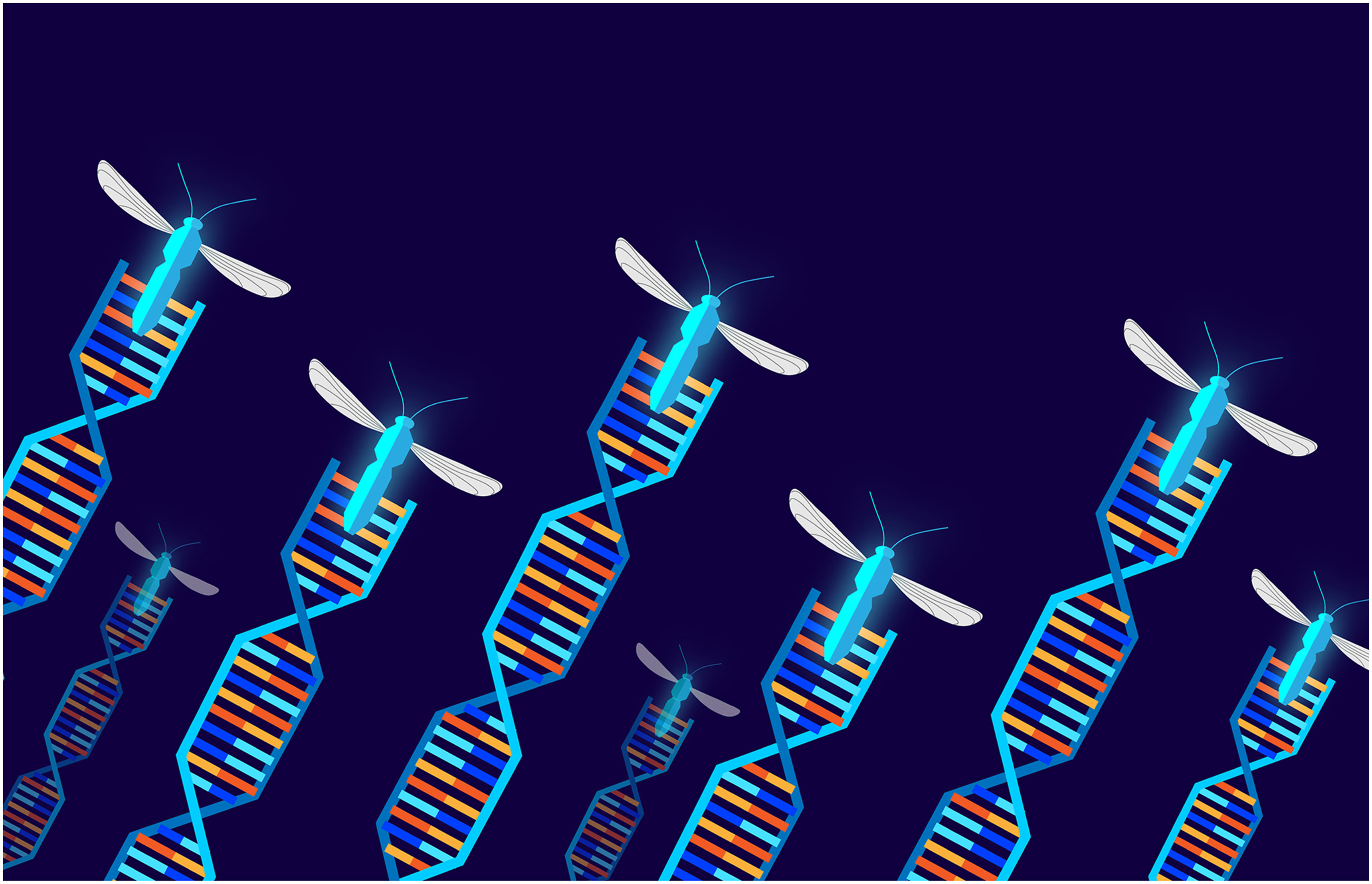
Context
In September, 2023 Genetically, modified mosquitoes have been used in outdoor but controlled conditions in India, Brazil, and Panama
More on the News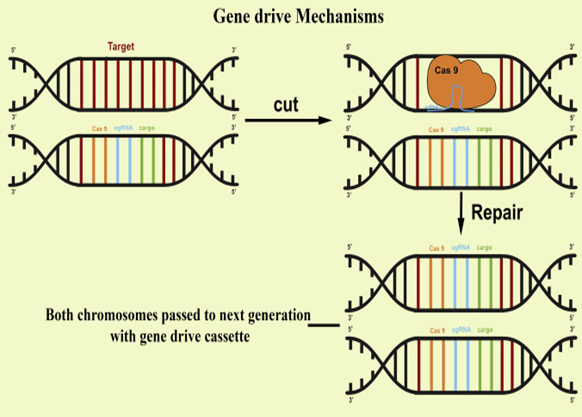
Advancements in genome sequencing and genetic manipulation offer opportunities to control mosquito populations by interfering with their reproduction.
About GDT
- Definition: GDT is a genetic engineering technique that alters the traditional rules of Mendelian inheritance by modifying genes.
- Mendelian inheritance refers to the specific patterns of how traits are passed from parents to offspring.
- Components: GDT consists of three key components:
- The Gene to be spread
- The Cas9 enzyme to cut DNA
- Cas9 enzyme is a molecular scissor that cuts DN
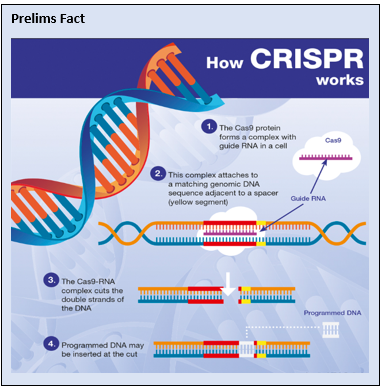 A at a specific location in the genome.
A at a specific location in the genome.
- The CRISPR, A programmable DNA sequence that is used to determine the location of the enzyme action.
- Outcomes: The genetic material encoding for these three elements is inserted into an animal's DNA, replacing the naturally occurring gene.
- Genetic selection increases the likelihood of a specific set of genes being passed onto the next generation, enabling rapid gene spread and overriding natural selection.
- Applications: GDT is a chemical that can effectively eradicate mosquitoes, which are carriers of the malaria, dengue, and Zika viruses.
- Gene drives can also be utilized to manage invasive species like rodents.
- Invasive Locust attacks can also be targeted using GDT.
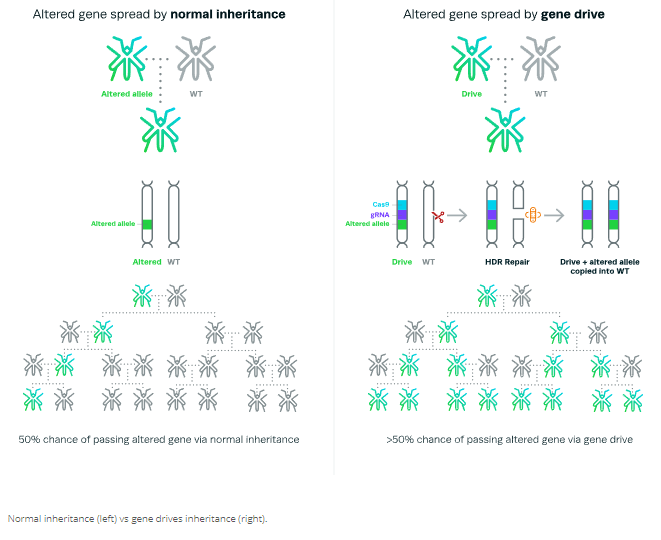
Concerns related to GDT
- Ecological: Disruption in the food-web balance, a long-term disruption in the ecosystem, can potentially lead to unintended ecological consequences.
- Bioethics: Genetic engineering raises moral and ethical questions, particularly regarding the right of humans to manipulate nature's laws and course.
- Irreversible Changes: Scientists are concerned that the introduction of genetically modified genes may have irreversible effects on nature, with unknown consequences.
- Security: The substance has the potential to be utilized for bioterrorism or other malicious purposes.
- Health Issues: Concerns arise regarding the potential inadvertent effects of food production, such as the creation of food that may cause allergic reactions.
Way Forward
- Leveraging Artificial Intelligence & Big Data: Scientists are using AI and genomic data to understand intricate connections between DNA and biological processes, thereby identifying potential disease treatments.
- Deploying 3D Printing: 3-D printing can aid in creating personalized medicines, tissues, and bacteria that align with our DNA, thereby promoting overall health.
- Gathering of Genomic Data: The development of genomic blueprints for humans and other species can significantly aid in the defense and development of vaccines against pandemics like Covid-19.
Conclusion
GDT has potential to tackle global challenges like vector-borne diseases, but raises ethical and ecological concerns which needs to be addressed Via robust R&D. Furthermore, Balancing innovation and responsibility is crucial in tackling issues related to gene drives.



